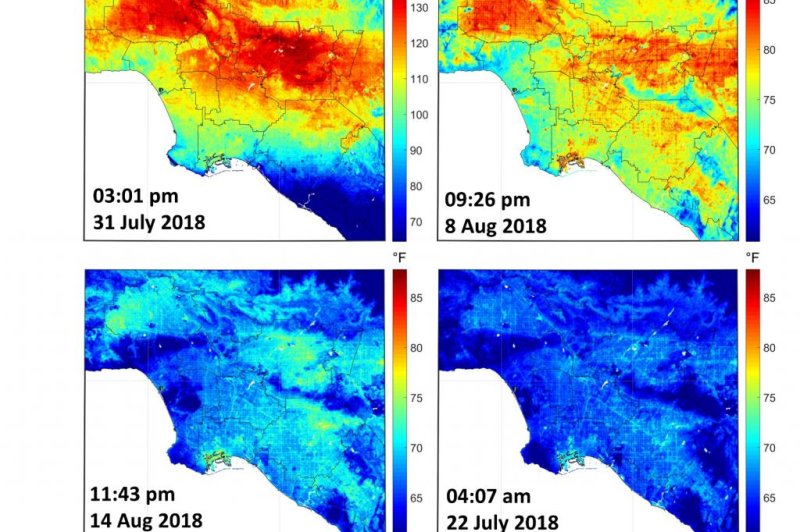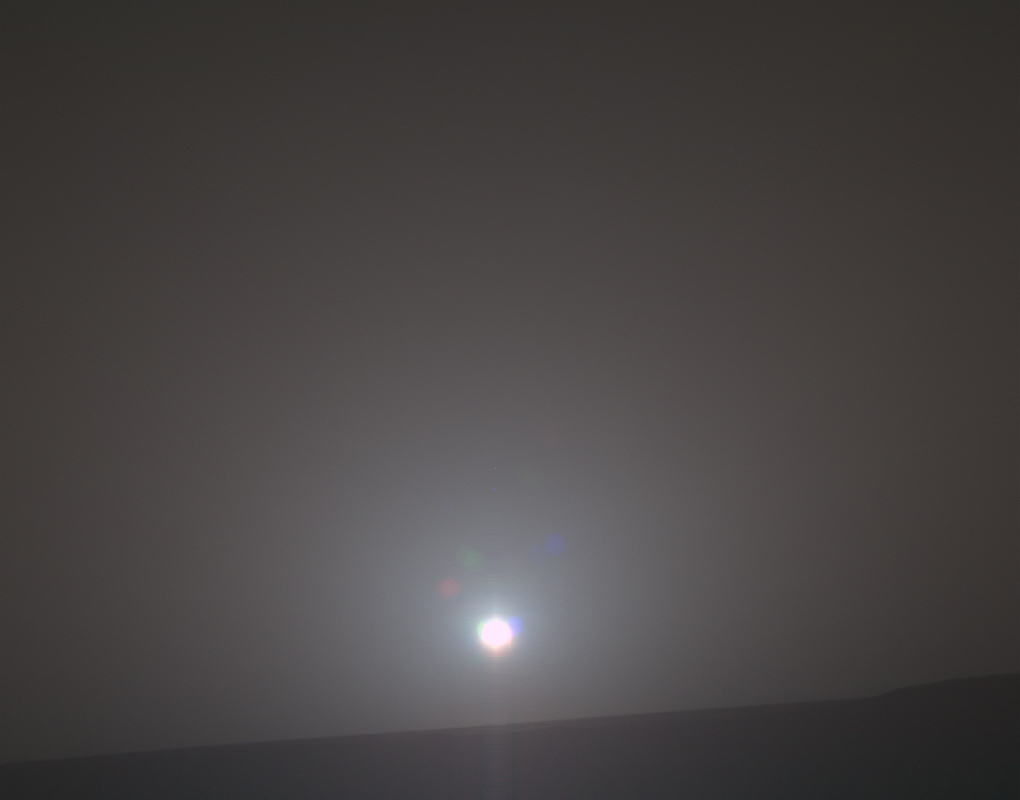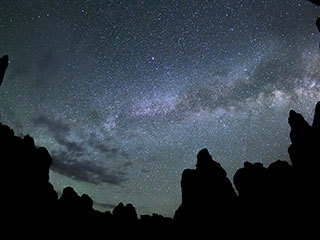Nasa Jpl Cool Roofs Los Angeles

In fact a study in los angeles california calculated that changes like these would be enough to save close to 100 million.
Nasa jpl cool roofs los angeles. Jpl free public tours. Perhaps as exciting as adding nasa to their resumes and working alongside the scientists and engineers they have long admired is the chance to explore the laboratory s smorgasbord of science labs. To cool down urban heat islands some cities are lightening streets. Most of the increase in heat days and length of heat waves however is due to a phenomenon called the urban heat island effect.
The images show how different surfaces within the cityscape warm and cool throughout the day. As nasa s hubble space telescope celebrates its 11th birthday its jpl built camera has added picture number 100 000 to its bulging photo album. Twenty four teams from around the greater los angeles area competed in the regional competition this year at jpl which drew more than 200 students parents coaches and guests. A green roof with more than 67 000 plants.
Nasa jpl caltech full image and caption. A green living roof will keep the building cool in the summer and warm in the winter. Outdoor lights will be used solely for safety purposes. Planting of the green roof on langley building 2101 began in october 2010.
Green roofs nasa s future. 11 candles 100 000 pictures videos. Nasa will continue to study and increase the utilization of green roofs at its centers and facilities. Ecostress imagery shows surface temperature variations in los angeles california between july 22 and august 14 at different times of day.
Competing in 16 minute long rounds teams were asked questions on a range of subjects including math physics earth and space chemistry biology and energy. Hot areas are shown in red warm areas in orange and yellow and cooler areas in blue. Building 12 of jsc under renovation with initial green roof. Nasa s jpl bill patzert says global warming due to increasing greenhouse gases is responsible for some of the overall heating observed in los angeles and the rest of california.
Ecostress captured surface temperature variations in los angeles california between july 22 and august 14 a period of extended heat at different times of day.





































